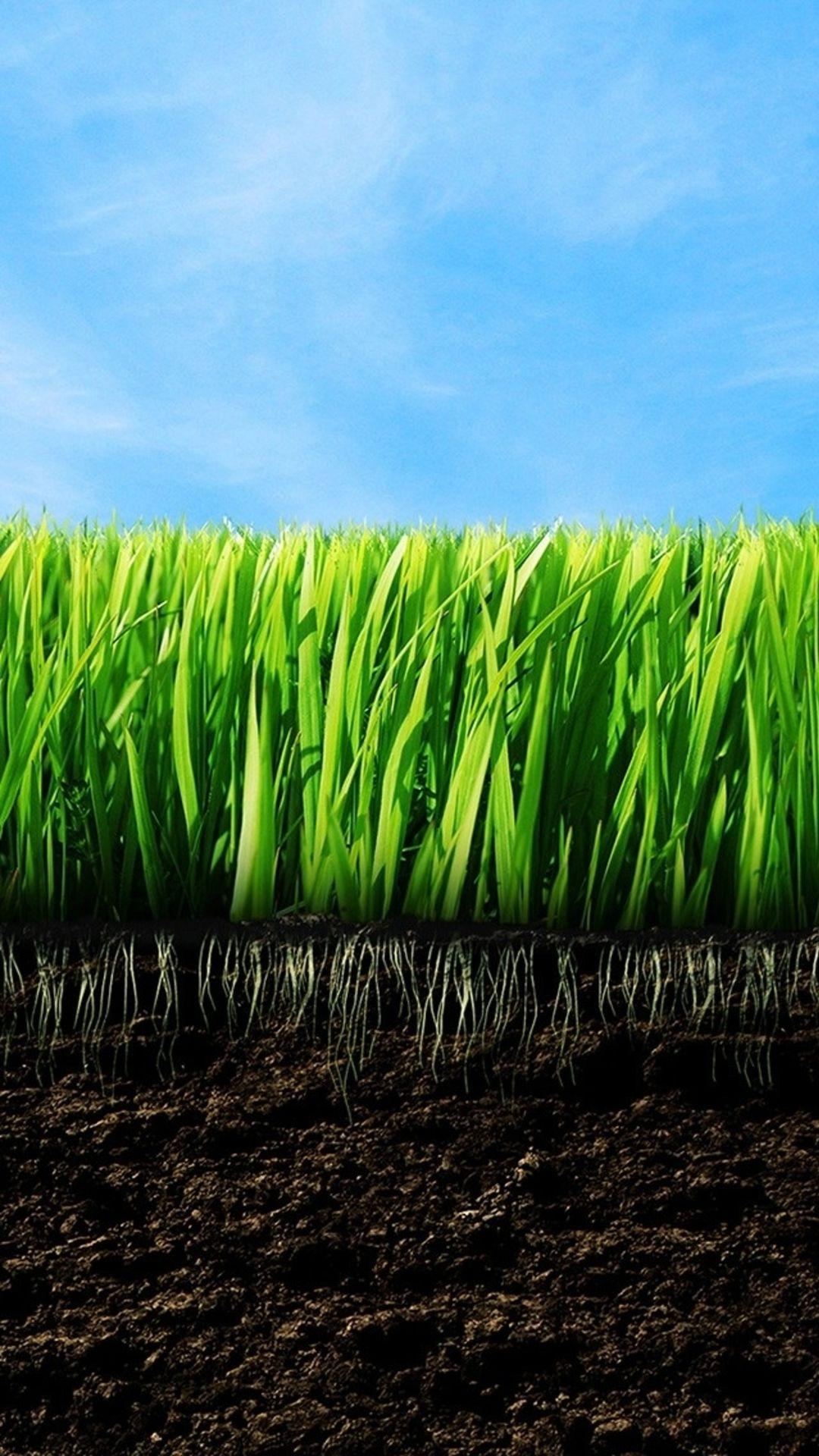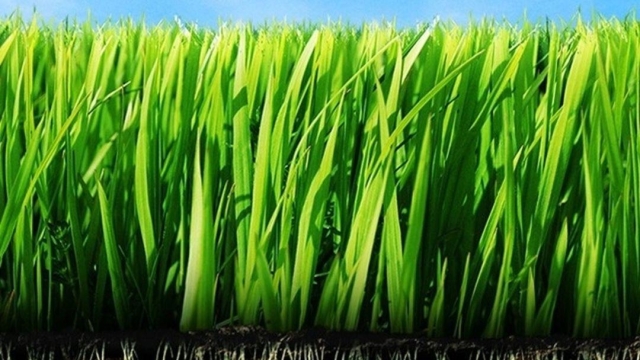The Ultimate Guide to Garden Fertilizers: Boost Your Garden’s Growth!
Welcome to "The Ultimate Guide to Garden Fertilizers: Boost Your Garden’s Growth!" In this article, we will explore the importance of using the right fertilizers for every garden, regardless of its size or type. Whether you are an experienced gardener or just starting out, understanding the role of fertilizers in promoting healthy plant growth is essential.
One key aspect to consider when selecting the right fertilizer for your garden is organic soils. These soils, enriched with natural matter such as compost or well-rotted manure, provide a nourishing environment for plants. By incorporating organic materials into the soil, you not only improve its structure but also create a habitat for beneficial microorganisms that aid in nutrient uptake. This, in turn, improves plant growth and overall garden vitality.
Now that we’ve touched on the importance of organic soils, let’s dive into the fascinating world of fertilizers for every garden. Whether you have a vegetable garden, a flower bed, or a container garden, there is a wide range of fertilizers available to suit your specific needs. From granular slow-release fertilizers to liquid formulations, each type has its own advantages and application methods.
As we progress through this guide, we will explore the different types of fertilizers and examine their specific benefits for various garden types. Additionally, we will discuss proper application techniques, timing, and factors to consider when choosing the right fertilizer for your garden. With our comprehensive information and practical tips, you’ll be equipped to boost your garden’s growth and achieve lush, thriving plants in no time. So, let’s get started and unlock the secrets of fertilizers for every garden!
Benefits of Organic Soils
-
Enhanced Nutrient Availability: Organic soils provide a rich source of natural nutrients that are essential for the growth and development of plants. These nutrients, such as nitrogen, phosphorus, and potassium, are released slowly and steadily, ensuring a consistent supply for the plants. This availability of nutrients helps to promote healthy plant growth and vibrant blooms.
-
Improved Soil Structure: Organic soils have the ability to improve the structure of the soil over time. They contain organic matter that helps to increase the soil’s water-holding capacity, allowing for better moisture retention. Additionally, organic matter enhances the soil’s ability to drain excess water, preventing waterlogged conditions that can be detrimental to plant health. It also promotes the development of beneficial soil organisms, such as earthworms, which further contribute to the overall soil structure.
-
Environmental Benefits: Using organic soils is not only beneficial for your garden but also for the environment. Organic soil amendments, such as compost and animal manure, are derived from natural and renewable sources, reducing the reliance on synthetic fertilizers. By minimizing the use of chemical fertilizers, organic soils help to prevent the leaching of harmful substances into the groundwater and reduce the risk of water pollution. This environmentally friendly approach ensures that your garden remains sustainable and supports a healthy ecosystem.
Remember, incorporating organic soils into your garden not only nourishes your plants but also promotes long-term soil health and sustainability.
Choosing the Right Fertilizers
When it comes to choosing the right fertilizers for your garden, it’s important to consider the specific needs of your plants. Whether you are working with organic soils or traditional ones, selecting the appropriate fertilizers is key to boosting your garden’s growth.
-
Organic Soil? Opt for Organic Fertilizers: If you’ve chosen to cultivate your garden using organic soils, it’s essential to opt for organic fertilizers as well. These fertilizers are derived from natural sources, such as compost, manure, or bone meal. They not only provide essential nutrients to your plants but also help improve the overall health of your soil. By using organic fertilizers, you can promote a sustainable and environmentally friendly approach to gardening.
-
All-Purpose Fertilizers: If you have a variety of plants in your garden, using all-purpose fertilizers can be a great solution. These fertilizers are designed to provide a balanced mix of nutrients that can benefit different types of plants. They typically contain a combination of nitrogen, phosphorus, and potassium, which are essential for healthy plant growth. When selecting an all-purpose fertilizer, look for options with a balanced N-P-K ratio to ensure your plants receive the nutrients they need.
-
Specialized Fertilizers for Specific Plants: Some plants have unique nutritional requirements, and using specialized fertilizers can help meet these needs effectively. For example, if you have acid-loving plants like azaleas or blueberries, consider using a fertilizer specifically formulated for these types of plants. Similarly, if you have tropical plants or vegetables in your garden, there are fertilizers available that cater to their specific nutrient requirements. By using specialized fertilizers, you can ensure that your plants receive the precise nutrients they need to thrive.

By taking the time to choose the right fertilizers for your garden, you can ensure that your plants have the best chance of flourishing. Consider the type of soil you are working with, whether organic or traditional, and select fertilizers accordingly. Whether you opt for organic fertilizers, all-purpose options, or specialized formulas, the right fertilizers will provide the essential nutrients your plants need for healthy growth.
Application Techniques for Maximum Growth
To ensure maximum growth and vitality in your garden, it is essential to apply fertilizers using proper techniques. Here are three effective application methods for boosting your garden’s growth:
When are onions ready for harvest
-
Broadcasting: This technique involves scattering the fertilizer evenly across the entire garden area. Using a broadcast spreader or your hands, make sure to distribute the fertilizer in a way that covers all desired plants and areas. Broadcasting is especially useful for large garden areas or when you want to provide a general nutrient boost to your soil.
-
Spot Treatment: When certain plants or areas in your garden require extra attention, spot treatment is the way to go. This technique involves applying fertilizers directly to specific plants or targeted areas. By focusing on particular spots, you can address individual plant needs more precisely. Spot treatment is particularly helpful for addressing nutrient deficiencies or stimulating growth in specific areas of your garden.
-
Side Dressing: Side dressing is a technique where fertilizer is applied alongside growing plants. To side dress, create a shallow trench or furrow parallel to the plants’ row or around the base of individual plants. Carefully pour the fertilizer into the trench or furrow, making sure it doesn’t come in direct contact with the plant foliage. Side dressing allows the nutrients to slowly reach the plant roots as they are watered or dissolved by natural processes.
By utilizing these application techniques, you can maximize the effectiveness of fertilizers in your garden. Remember to always follow the manufacturer’s instructions regarding the amount and frequency of fertilizer application. With the right techniques, you’ll be well on your way to achieving a flourishing garden full of healthy and thriving plants.


